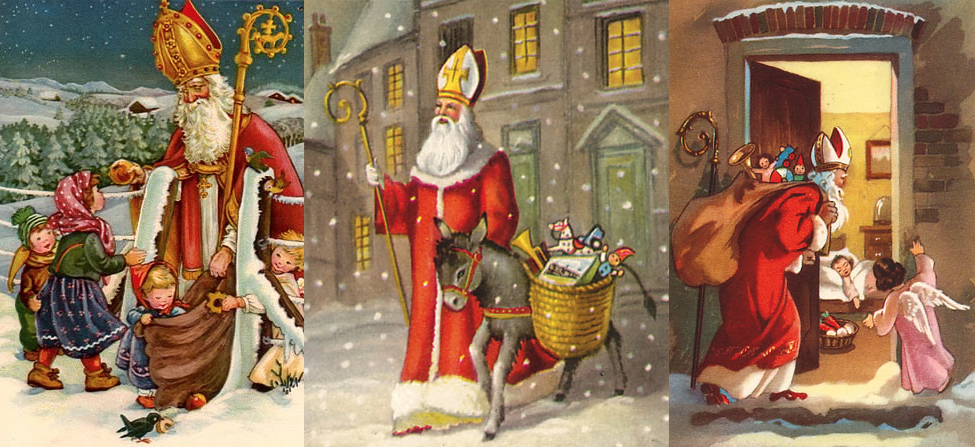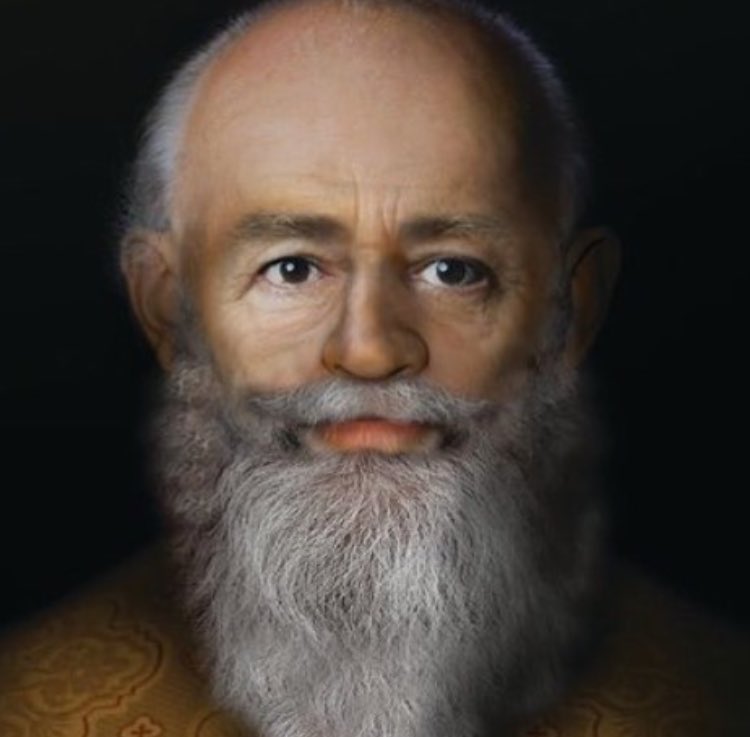The history of Nikolaos of Myra is riddled with many legends and stories. The fact that he was Bishop of Myra, Greece (present day Demre, Turkey) during the 4th century is really all that appears authentic according to Alban Butler, an English Roman Catholic priest from the 1700s. Nevertheless, the universal popularity of the saint for so many centuries requires that some account of the legends surrounding his life should be given.
He was born in Asia Minor in the Roman Empire as an only child to wealthy Christian parents and was watched over by the Church and his uncle, the Bishop of Patara, when both of his parents tragically died during an epidemic when he was a young man. Obeying Jesus’ words, he used his inheritance to assist the needy, sick and suffering and became well known throughout for his generosity to those in need, love of children.
The story which gives rise to people’s familiarity to him today; A citizen of Patara had lost all of his money and needed to support his three daughters who could not find husbands because of their poverty. It was tradition for the young woman’s father to offer prospective husbands something of value, a dowry. This poor man’s daughters, without dowries, were therefore destined to be sold into slavery or prostitution. Nicholas became informed of this and using his inheritance, took a bag of gold and threw it into an open window of the man’s house in the night for the oldest daughter. At intervals, he did the same of the 2nd and 3rd. The father was on watch for the 3rd, recognized him and overwhelmed him with gratitude. It is said that the bags of gold landed in stockings or shoes left before the fire to dry.
The legend of the “three children” is credited to his patronage of children and the giving of presents in his name at Christmas in Germany, Switzerland and the Netherlands. The custom was then popularized in America by the Dutch Protestants of New Amsterdam who converted the saint into a Nordic magician, Sint Klaes.
Saint Nicholas died and was buried in his episcopal city of Myra.
He is the patron saint of archers, bakers, broadcasters, children, fishermen, pawnbrokers, and sailors.
His feast day is December 6.
For God’s Glory.

